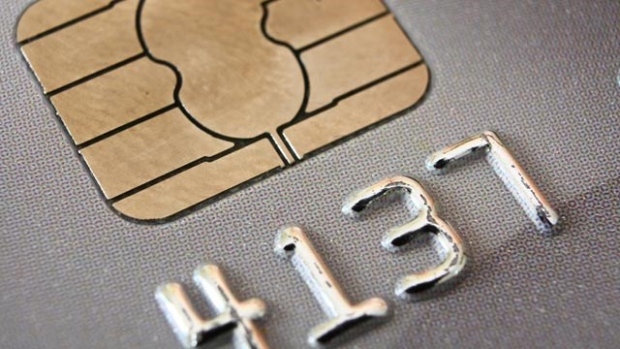Jun 3, 2016
Personal Investor: Good debt, bad debt – what’s the difference?
By Dale Jackson

The rise of household debt levels is sounding alarm bells across the country.
Statistics Canada says we owe about $1.60 for every dollar we take in each year, compared with 90 cents 20 years ago.
According to credit rating agency TransUnion, Canadians owe an average $21,000 in non-mortgage consumer debt.
As a result, debt has been portrayed as an evil demon casting its shadow on the economy.
But, oddly enough, not all debt is bad. It builds our roads and bridges – and puts us in our very own homes.
There’s a fine line between good and bad debt. Here’s a rough way to distinguish between the two:
Bad debt
Credit card debt is bad debt. Interest rates on balances owing on major credit cards are in the high teens and retail credit cards – like one from Hudson’s Bay, for example – charge 29.9 per cent on balances owing.
A little math makes the point. Twenty percent on $10,000, compounded monthly for five years generates about $17,000 in interest alone. Within a year, that $10,000 balance could have been paid off twice. Instead, the total $27,000 (principal and interest) will continue to generate interest.
In this age of rock-bottom interest rates any debt over 10 per cent should be on the chopping block. Think of it as a 10 per cent risk-free, tax-free return in your investment.
Good debt
Banks will lend at favourable rates if they are certain they will get their money back. That certainty can be achieved if the borrower owns property and offers it up if the loan is not paid.
A loan that is backed up with collateral, such as a house, is considered a secured loan.
Interest rates on secured loans are generally the going bank prime rate (2.7 per cent), plus one percent (3.7 per cent). Borrowers with secured assets and high-rate debt are wise to consolidate it in a secured loan. At 3.7 per cent that same $10,000, after 5 years, generates interest of only $2,000 (versus $17,000 on 20 per cent).
If you’re rushing to pay off your mortgage, here’s something to consider: The rate on a five-year fixed mortgage is about 2.5 per cent and 2.1 per cent on a variable rate mortgage. A dollar spent on a bank GIC, which also offers a guaranteed return, will pay about two per cent. If that GIC is in a registered retirement savings plan (RRSP), the return plus the tax savings could far outweigh paying down debt.
If you’re prepared to take on a bit of risk, a big Canadian bank stock can pay a four per cent dividend. You can avoid being taxed on that dividend, or any gain the stock may have in value, by putting it in a tax free savings account (TFSA).
Turns out some debt isn’t so bad after all.
Dale Jackson is BNN's Personal Investor. Follow him on Twitter @DaleJacksonPI






